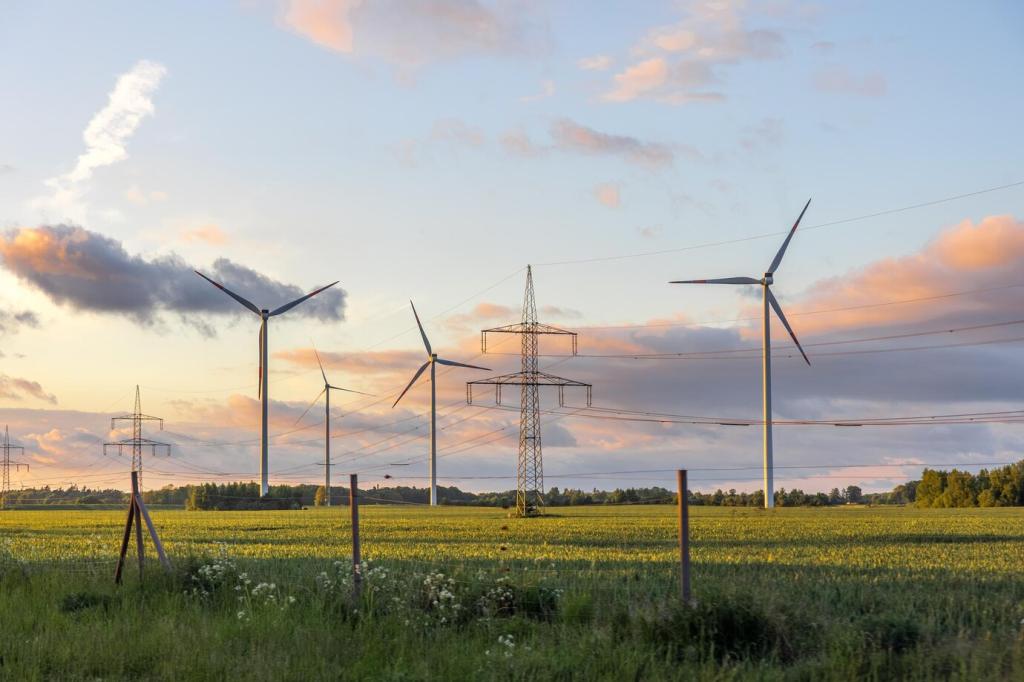Design Strategies: Sun, Shade, and Daylight
South-facing windows paired with roof overhangs or adjustable exterior shading invite low winter sun while blocking high summer rays. The right Solar Heat Gain Coefficient helps here. Layer in deciduous trees, shutters, or operable screens for dynamic control. Share your façade exposure, and we’ll brainstorm shading tactics to supercharge energy conservation.
Design Strategies: Sun, Shade, and Daylight
High visible transmittance glass, light shelves, and reflective interior finishes deliver soft, useful daylight deep into rooms. Spectrally selective glazing preserves clarity while cutting heat. That means fewer hours with lights on, less cooling strain, and a calmer work zone. Post a photo of your brightest room, and we’ll suggest simple daylight tweaks to try.






